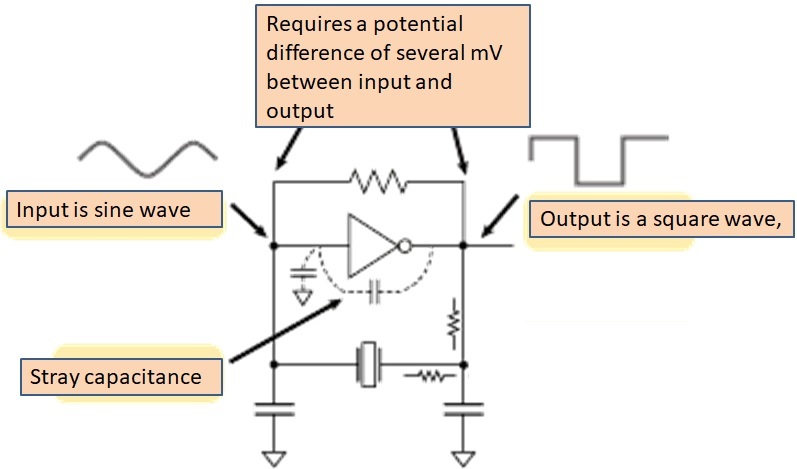Other Parts Discussed in Thread: BQ4802Y
Hi All,
I have a question about BQ4802.
Is access disabled when Low is input to the CSIN pin?
The CSIN pin is a chip select pin.
Can CSIN control enabling and disabling access to the RTC?
Best Regards,
Ishiwata



